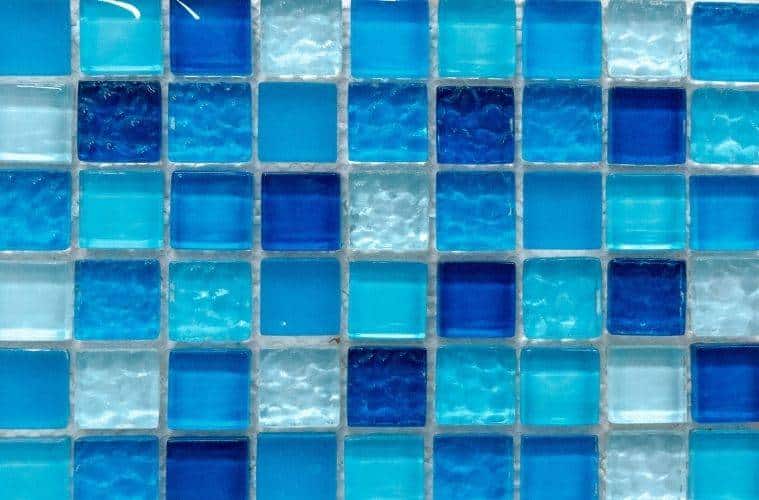If you’re looking for a great way to reduce the maintenance that your pool requires and enhance its aesthetic appearance, you should get tiling. Tiling the walls and floor of your pool will make it easier to clean than concrete and will give it a more refined, premium finish. If you’re interested in upgrading the walls and flooring of your pool, read this helpful guide on the different pool tiling materials to choose from.
Glass Tiles
One of the most stunning tiling materials to install in your pool is glass. Glass tiles reflect light beautifully to give your pool a larger, more iridescent appearance. Plus, manufacturers make most glass pool tiles from recycled glass, which makes them eco-friendly and beautiful.
When it comes to swimming pools, blue glass tile is the most popular option. However, there are also several other color choices, such as black, gray, or indigo. You can select one of these based on your preference.
Porcelain and Ceramic Tiles
The most traditional pool tiling types are porcelain and ceramic tiling. People have widely used such tiles in pools for decades due to their relatively low cost and high durability. Plus, their smooth surfaces help prevent any scrapes or injuries that more abrasive tiles can cause. While porcelain and ceramic tiles might not be quite as stunning as glass tiles, they are advantageous alternatives for those on a budget.
Stone Tiles
Another one of the different pool tiling materials to choose from is stone. Stone tiles will give your pool a more natural and earthy appearance. This option works especially well with homes that have a Mediterranean style. Common stone pool tile materials include slate, travertine, bluestone, sandstone, flagstone, and even granite.
The main downside to using stone as your pool tiling material is that it’s porous. As such, you will need to have professionals seal it every few years to prevent issues like staining, algae and mildew growth, and water damage. To achieve the look of stone without all the upkeep, you could opt for artificial stone tiles instead.























